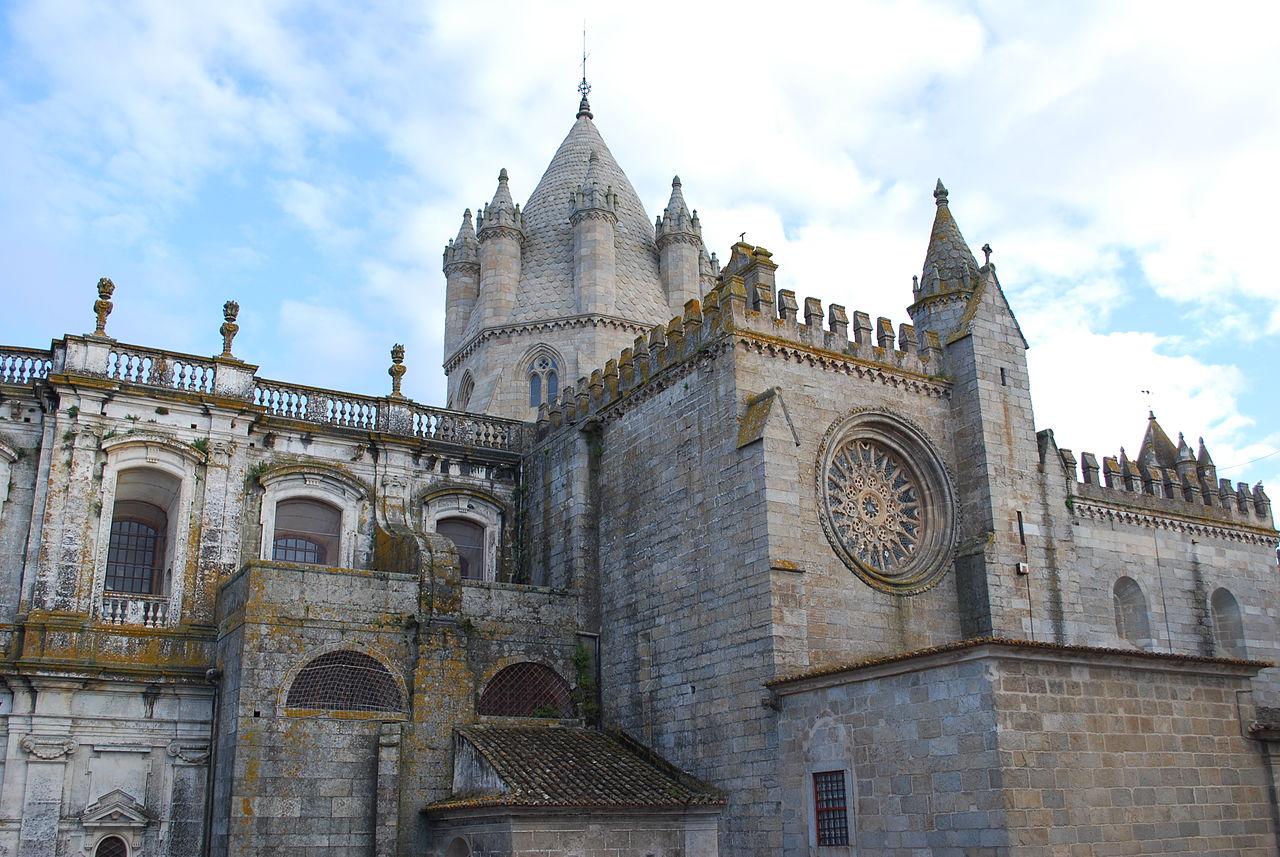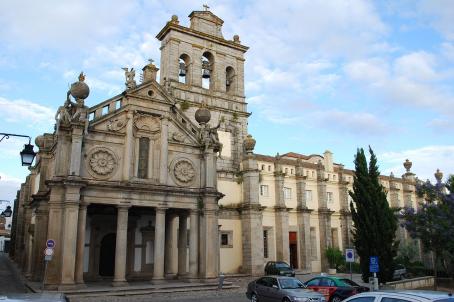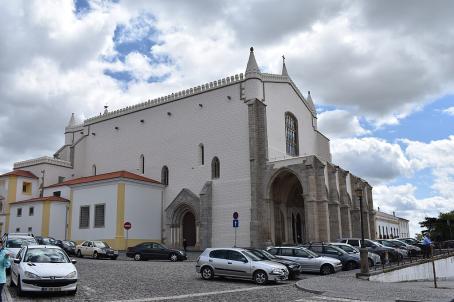Cathedral of Évora
The cathedral of Évora was built between 1186 and 1250 and mixes Romanesque and Gothic architecture. However, plateresque elements were added in the 15th and 16th centuries (choir, pulpit, baptistery...), as well as some baroque elements (carved altarpieces). It is said that the flags of Vasco de Gama's fleet were blessed here in 1497.






